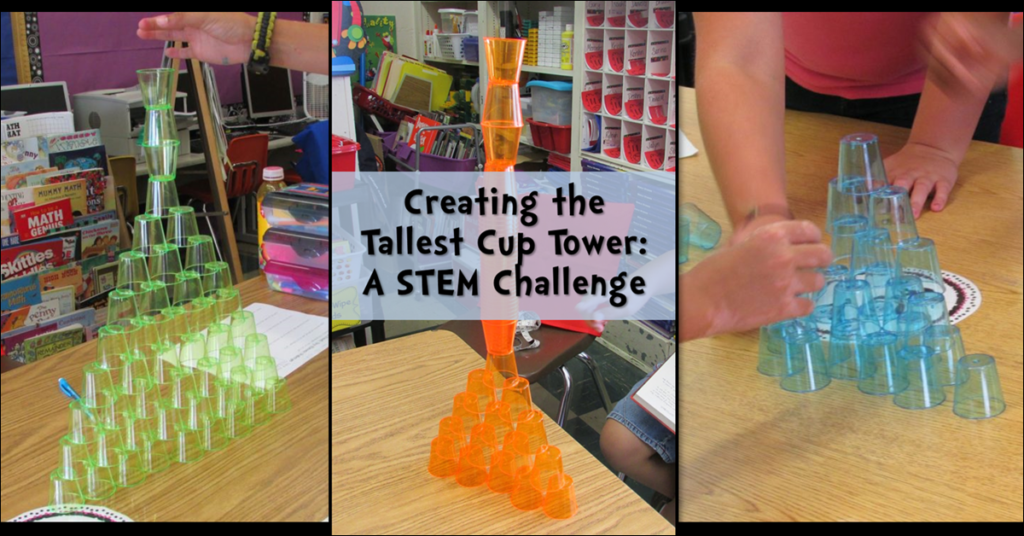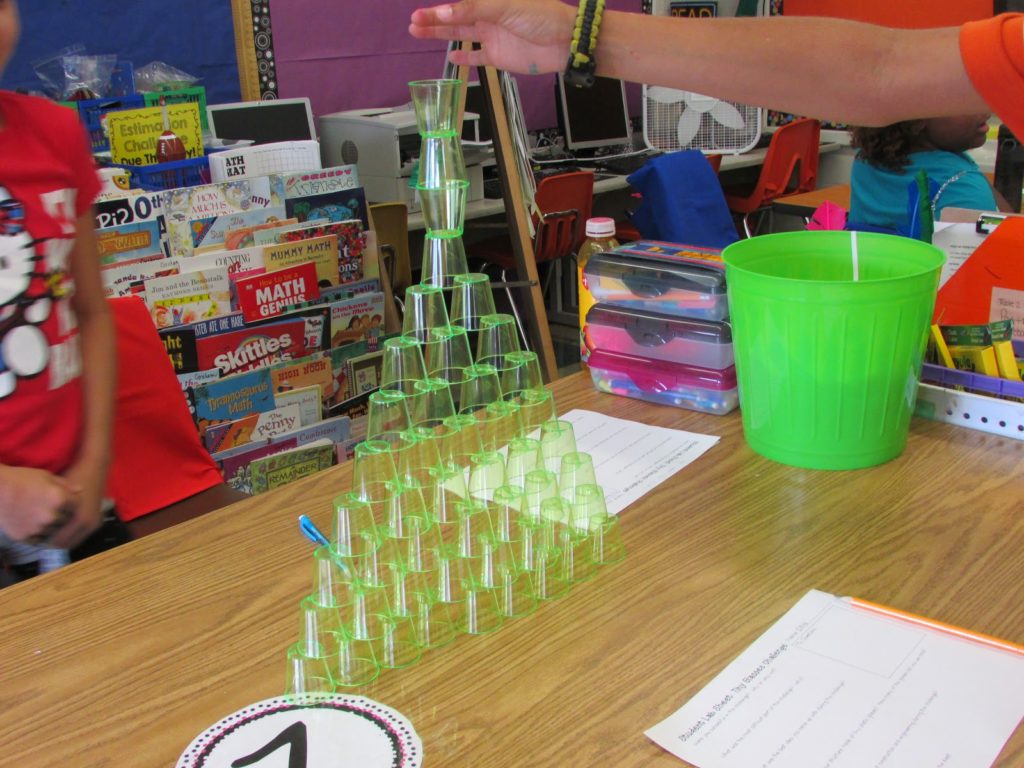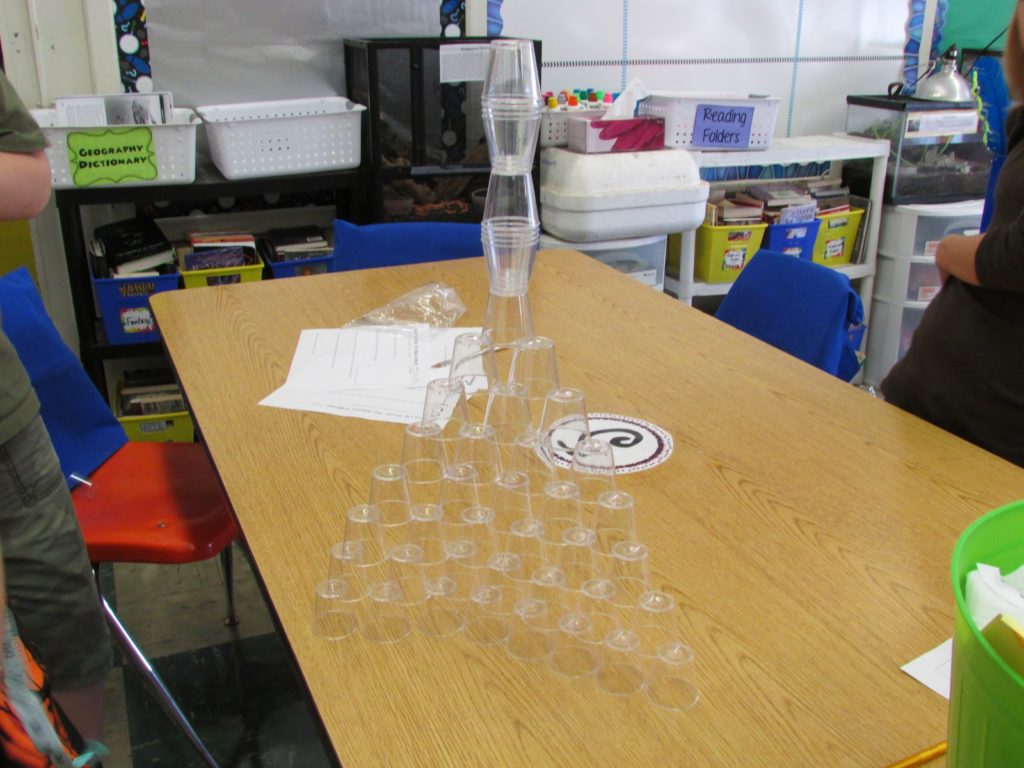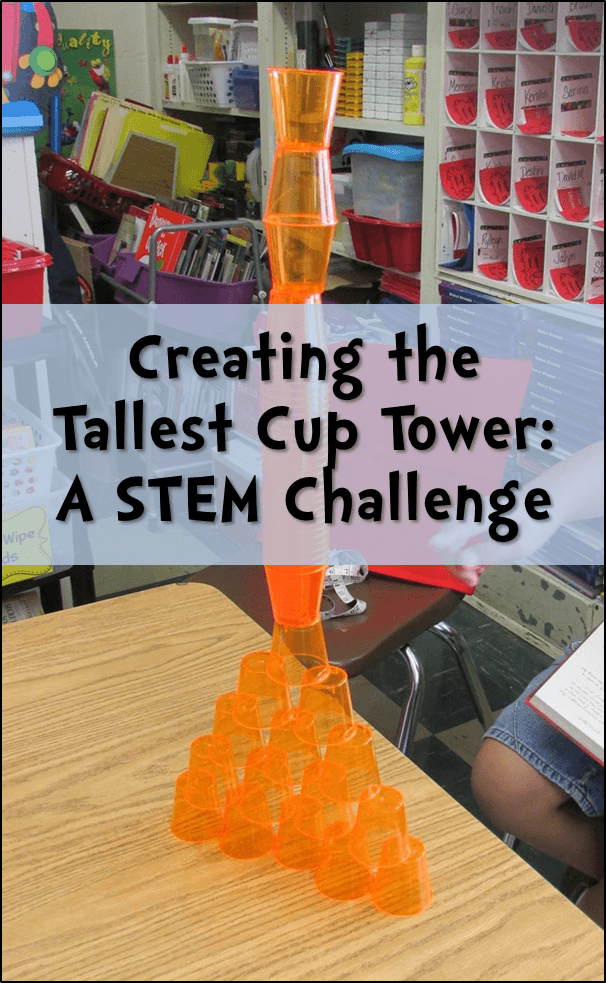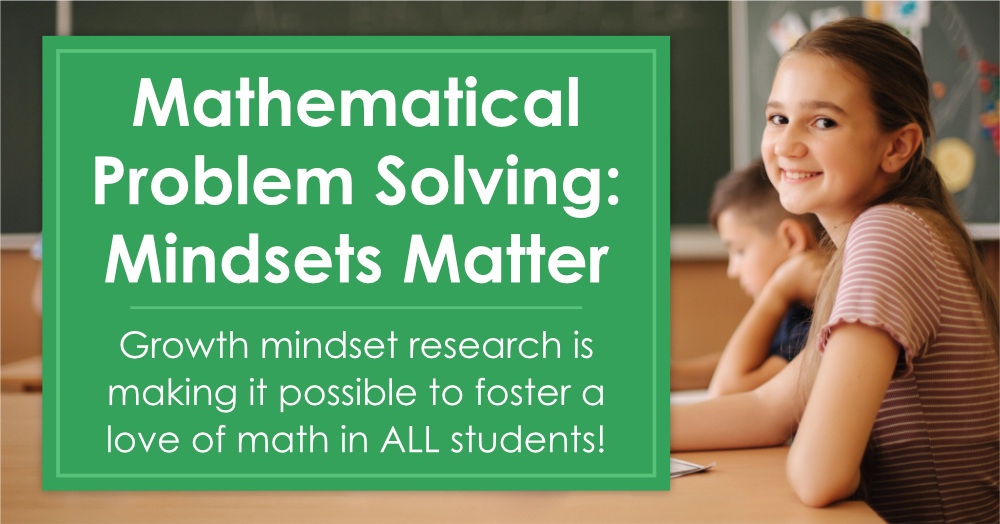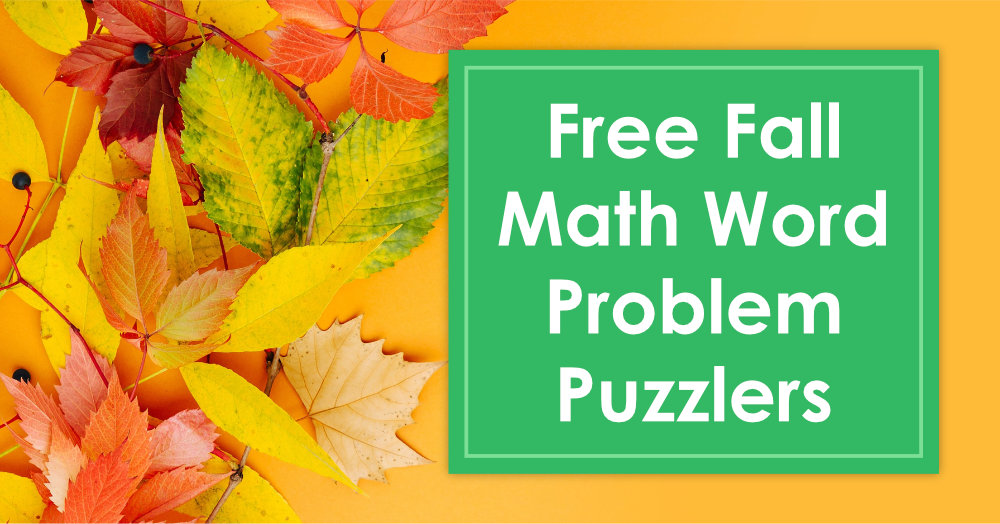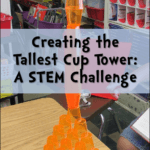Guest post by Tracey Graham of Growing a STEM Classroom
STEM (Science, Technology, Engineering, and Math) is one of the current “buzz words” in the world of education today even though the STEM philosophy of teaching has been around for a very long time. STEM is all about students learning in a student-centered, question-based, subject-integrated classroom. Hence, what I consider to be good teaching. Remember teaching with cross-curricular themes? STEM is like thematic teaching gone wild!
As a teacher in a STEM school, I utilize STEM challenges regularly in order to initiate student creativity and critical thinking. I am constantly impressed with the way my students solve problems and work collaboratively. Students who are reluctant to participate in the standard curriculum are consistently engaged, and many times emerge as a leader, during a STEM challenge. STEM challenges give every child the opportunity to be a successful contributor in the problem-solving process. These STEM problems can come from the teacher, the students, and the world we live in. The possibilities with STEM are truly endless.
My class always begins the year with the seemingly simple challenge of stacking small cups to the tallest possible height. Student groups must work together to create the tallest stack of cups in a time period of 30 minutes. Although it sounds easy, trust me, it isn’t! I am continually surprised at the different ideas students generate to solve this problem. Students, by nature, are creative thinkers and the STEM challenges tap into this creative vein. This allows amazing things to happen!
Some of the best teamwork and “aha” moments come when the stack of cups crashes to the table. At first, students feel overwhelmed and unsure of what to do, but they are able to quickly figure things out with the support of their classmates. STEM is such an empowering way of teaching for the students! The key is for the teacher to allow students to explore possibilities and become problem solvers. It can be intimidating for educators to give up some of that “control,” but it is definitely beneficial to the students.
All you need to complete this challenge are tiny plastic cups from the dollar store! We used two packs of 24 cups per table. Students were also required to present their idea(s), data, and final solution to the problem in their own way.
Click over to my TpT store now and download your own free set of STEM Challenge Student Role Sheets to get you started using STEM Challenges in your classroom!
Tracey Graham is a 5th grade teacher at a STEM school in a large, urban district. Visit her blog, Growing a STEM Classroom, for more STEM ideas to use in your classroom!

